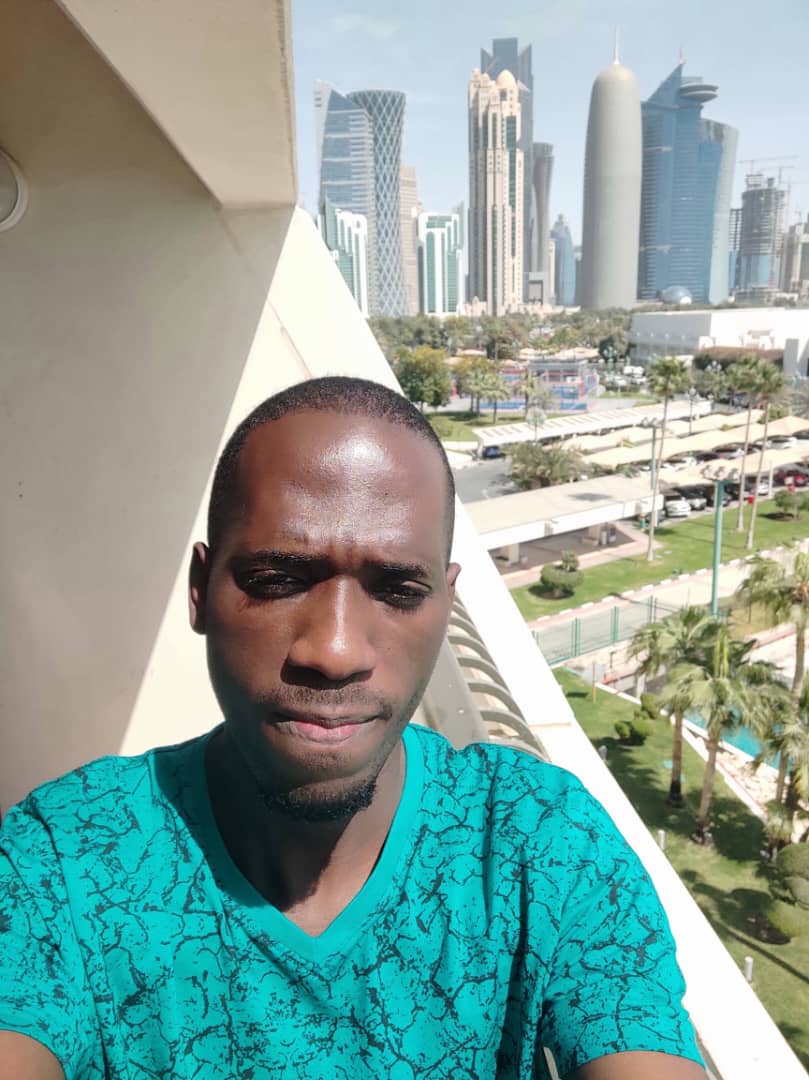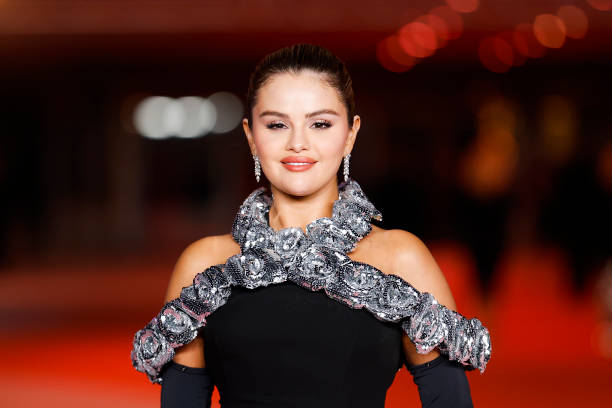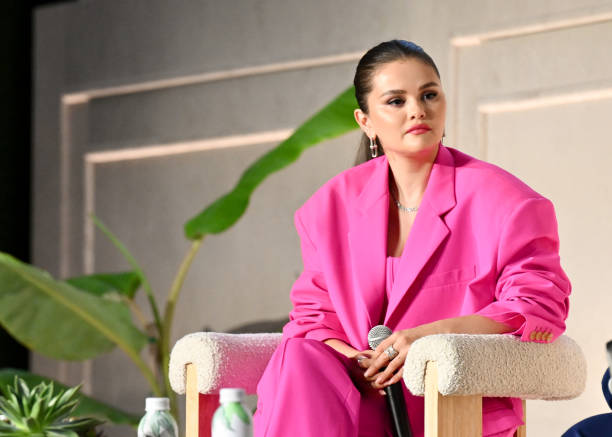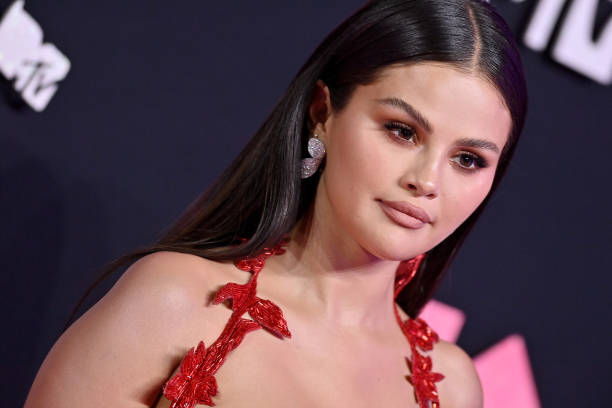Weddings in India are steeped in rich tradition and are known for their multi-day celebrations and intricate ceremonies. From the pre-wedding preparations to the post-wedding rituals, Indian weddings are a feast for the senses. In this article, we will explore the traditional customs related to weddings in India, including the various ceremonies that take place during the pre-wedding, main, and post-wedding events.
Traditional customs related.
In India, weddings are a grand affair and are celebrated with great enthusiasm. The traditional customs related to weddings in India vary according to the region, religion, and personal preferences of the bride and groom. However, there are some common rituals that are followed in most Indian weddings. Here are some of the traditional customs related to weddings in India:Pre-Wedding Ceremonies:
- Mehndi Ceremony: The bride’s hands and feet are painted with intricate henna designs.
- Sangeet Ceremony: A musical night where the families of the bride and groom come together to sing and dance.
- Haldi Ceremony: A paste of turmeric, sandalwood, and other ingredients is applied to the bride and groom to bring a glow to their skin.
Main Wedding Ceremony:
- Baraat: The groom arrives at the wedding venue on a decorated horse or elephant, accompanied by his family and friends.
- Kanyadaan: The father of the bride gives her hand to the groom, symbolizing the giving away of his daughter.
- Saat Phere: The bride and groom take seven vows around a sacred fire, signifying their union.
Post-Wedding Ceremonies:
- Vidaai: The bride bids farewell to her family and leaves for her husband’s home.
- Griha Pravesh: The bride is welcomed into her new home by her mother-in-law.
- Reception: A grand celebration is held to introduce the newlyweds to the extended family and friends.
In conclusion, Indian weddings are a beautiful amalgamation of traditions, rituals, and customs that make them unique and vibrant. From the pre-wedding ceremonies to the post-wedding celebrations, each ritual has its significance and meaning.
The traditional customs related to weddings in India are a reflection of the country’s rich cultural heritage and are a sight to behold.
What are the pre-wedding ceremonies in Indian weddings?
Indian weddings involve many traditional pre-wedding ceremonies and rituals that take place in the days and weeks leading up to the actual wedding ceremony. These ceremonies have deep cultural and religious significance, and include events like the sangeet, mehndi, haldi, and more.
The pre-wedding events allow the families to come together to celebrate the couple, establish bonds, mark the couple’s journey to marriage, and bless the wedding.
What is the significance of the mehndi ceremony in Indian weddings?
The mehndi ceremony is when the bride’s hands and feet are decorated with beautiful henna designs. It is a fun pre-wedding celebration when female family and friends get together to dance, sing, and apply henna paste to the bride.
The dark color of the mehndi is considered auspicious, and the decorative designs are meant to augur the couple’s married life. Mehndi is seen as a symbolic preparation for the bride’s transition into marriage.
What is the sangeet ceremony in Indian weddings?
The sangeet is a lively music and dance party on the eve of the wedding. It brings together the families and friends of the bride and groom to sing, dance, and celebrate the couple.
The sangeet involves performances that humorously tease the bride and groom, making it a night filled with laughter and joy. The sangeet signifies the two families accepting each other’s joyfully.
What is the haldi ceremony in Indian weddings?
Haldi is a paste made from turmeric and other ingredients that is applied to the bride and groom’s body before the wedding. This brightens and beautifies their skin before the big day.
The haldi ceremony is fun and intimate, with family and friends singing folk songs as they put haldi on the bride and groom. The yellow hue of haldi is considered auspicious. Haldi purifies the couple and wards off evil spirits.
What is the baraat in Indian weddings?
The baraat refers to the groom’s wedding procession, where he arrives accompanied by his family and friends, often on a decorated horse. The baraatis dance joyously to the beat of drums.
The baraat symbolizes the groom bringing happiness into the bride’s life. The grandeur of the baraat procession shows the status of the groom. The bride’s family welcomes the baraat warmly, underscoring the union of the two families.
What is the kanyadaan ceremony in Indian weddings?
Kanyadaan is the emotional high point of the Indian wedding. The bride’s parents give away their daughter to the groom, placing her hand in his to signify the giving away of the bride to the groom’s family.
The kanyadaan establishes that the bride is entering marriage of her own free will. It is a solemn ritual that recognizes the sacrifice of the bride’s parents in entrusting their daughter to another family.
What is the saat phere ceremony in Indian weddings?
Saat phere refers to the seven circles, or pheras, that the bride and groom take around a sacred fire to solemnize the marriage. As they circle the fire, they pledge their fidelity to each other and make promises about their roles in the marriage. The seven pheras sacralize the union, with Agni, the fire god, bearing witness. The pheras bind the couple legally and morally.
What is the vidai ceremony in Indian weddings?
The emotional vidai ceremony marks the bride’s departure from her parental home after the wedding. The bride throws puffed rice over her head to wish for prosperity. She then leaves for her husband’s home, often weeping as she leaves her family.
The vidai symbolizes the change in the bride’s status and her joining her husband’s family. It is a poignant moment as the bride begins married life by bidding farewell to her childhood home.
What is the griha pravesh ceremony in Indian weddings?
Griha pravesh, or the entering of the newlyweds into their new home, happens after the wedding. The groom carries his bride over the threshold while her feet do not touch the ground.
She then pushes a pot of rice with her right foot, symbolic of her first duty of cooking for her husband. Alta, or red dye, is applied on the doorposts to bless the couple and ward off evil. Griha pravesh marks the official start of the couple’s married life together.
What is the reception ceremony in Indian weddings?
The reception is the celebratory party after the wedding ceremony for all the guests. While the wedding rituals are more traditional, the reception features modern elements like a DJ, dance performances, cake cutting and champagne toasts.
The reception is lavish and showcases the two families’ joy for the newly married couple. It is when the guests can individually congratulate the couple and bless them.
How long do Indian weddings typically last?
A traditional Indian wedding does not take place on a single day, but extends over several days or even a week. The pre-wedding rituals begin days or weeks in advance. Then, the wedding ceremony itself spans about three days.
All the numerous rituals, celebrations and change of outfits result in an elaborate affair that can last 3-10 days. Excluding the pre-weddings, a typical Indian wedding usually ranges from 2-4 days at a minimum.
What is the role of the pandit in Indian weddings?
The pandit is the Hindu priest who conducts the various rituals during the wedding. He is well-versed in the scriptures and advises the families on auspicious dates and times for each ceremony.
On the wedding day, he prepares and consecrates the wedding altar, leads sacred prayers and hymns, directs the couple through different rites, and recites mantras blessing the union. The pandit’s presence ensures the rituals follow ancient traditions and verifies the marriage’s legitimacy.
What is the significance of the wedding altar (mandapa) in Indian weddings?
The mandapa is the canopy or covered altar under which Hindu weddings take place. It is decorated usually with flowers and fabric. The mandapa is seen as a sacred space housing divine presence where the gods are invited to witness the rites.
It represents a temple for the wedding rituals. The four pillars of the mandapa symbolize the four parents who support the couple into matrimony. The mandapa spiritually holds the union being formalized under its roof.
Why are garlands presented to guests of honor in Indian weddings?
It is customary for Indian grooms to present garlands of fresh flowers to guests of honor when they arrive at the wedding. Similarly, the bride will present a garland to the groom during the wedding rituals. The exchange of garlands signifies warmth, respect and acceptance.
It establishes a bond and trust between individuals. Presenting garlands to special guests and the couple is an ancient Vedic tradition that expresses welcoming, goodwill and honor.
What is the significance of throwing flower or rose petals in Indian weddings?
Flower petals, usually rose or marigold, are used abundantly to welcome the groom’s wedding procession. Petals are also often showered over the newlyweds during pheras.
Throwing petals on the baraat and couple symbolizes blessing them with nature’s beauty, fragrance, joy and prosperity. It signifies a sweet and fragrant life ahead. Showering them with petals expresses warmth and acceptance, and is a visual means to confer blessings.
What is the significance of the red and gold lehenga worn by Indian brides?
Bridal lehengas come in vibrant red with accents of gold. Red is considered auspicious as it signifies energy, strength and luck. Gold stands for wealth and success. Together, they wish the bride passion and affluence in her married life.
Red is also symbolic of a bride’s commitment to her future spouse. Gold embroidery indicates the wealth and social status of her family. The red bridal lehenga is therefore the ideal ensemble for an Indian bride.
What is the significance of the jewelry worn by Indian brides?
Indian brides wear extensive traditional gold jewelry. This bridal jewelry includes a nose ring, earrings, necklace, bangles, rings, waist belt, anklets and toe rings. Gold symbolizes prosperity.
Bridal jewelry passes down generations as family heirlooms, blessing the bride with the wisdom of ancestors. Intricate jewelry also displays the family’s social standing and the bride’s marital status. Traditional bridal jewelry thus holds deep symbolic meaning and also visually complements the bridal outfit.
Why are the bride’s hands and feet painted with henna designs in Indian weddings?
Intricate henna patterns applied on the bride’s palms and feet, and also on the groom’s hands, are an integral part of Indian weddings. Henna, or mehendi, has a cooling effect believed to calm pre-wedding nerves. The dark color acts as protection against evil.
Henna is seen as heightening the bride’s beauty. Decorative henna signifies the joy and spirituality of the wedding. Application of henna is also an enjoyable ritual where female relatives bond with the bride and offer blessings.
What is the significance of the groom arriving on a decorated horse or elephant in Indian weddings?
The groom’s grand entry on a caparisoned white horse or an elephant symbolizes power and status. It displays his stature to be able to afford such a majestic animal. The horse must be white to match the color scheme of the wedding.
The ornate decoration of the horse with flowers and finery adds to the visual splendor. The regal horse entry makes a striking statement about the prominence of the groom and his family.
What is the significance of the seven vows taken by the bride and groom in Indian weddings?
The saat pheras or seven vows are the most important ritual binding the bride and groom in matrimony. As they take seven circles around the sacred fire, they pledge loyalty, respect, commitment, fidelity, nurturing, spiritual growth and prosperity to each other.
These seven promises before God consecrate the marriage. The pheras emphasize that marriage is not just a union of two individuals, but a sacred bond of two souls based on dharma or righteous conduct.
What is the significance of the milk and honey offered to the groom in Indian weddings?
When the groom arrives at the wedding altar, the bride’s mother welcomes him by waving the arti plate with a lit lamp in clockwise circles around his face. She then feeds him three sips of a sweet mixture of milk and honey.
Milk symbolizes purity and honey indicates sweetness. Partaking this nourishment ensures lifelong health and prosperity. It commits the groom to partake only sweetness, just as the bride, in their marriage.
What is the significance of the groom’s sister-in-law attempting to steal his shoes in Indian weddings?
A fun tradition involves the groom’s sisters-in-law hiding his shoes when he removes them at the mandapa. To get them back, the groom must promise his bride a handsome gift.
This playful ritual reflects the loving bonding between the groom and bride’s family. It also ensures the groom pampers his wife. The groom asking his new sisters-in-law for their sister’s hand expresses his dutifulness.
What is the significance of the red or pink sari worn by Indian brides on the wedding day?
Red or pink is the traditional bridal color in Indian culture. The red bridal sari signifies vibrancy, fertility and power – wishes for the bride’s married life. Pink represents new beginnings appropriate for weddings.
Red or pink outfits scatter auspicious talcum powder called roli that keeps demons away. Bridal saris often have gold work that conveys wealth. Wearing red or pink thus symbolizes the bride’s prosperity and protection as she enters marriage.
What is the significance of the crystals and real 24 karat gold thread in the Indian bride’s sari?
Elaborately embroidered Indian bridal saris contain crystals, zardozi and real gold threads. This infusion of luxurious materials indicates the importance of the bride in her new role. Crystals symbolize enlightenment and prosperity.
Gold thread highlights the bride’s radiance. The precious metals and gemstones proclaim the significance of the occasion and the bride’s status as she starts her new life as a wife.
What is the significance of the groom’s long shirt, Kafni, Pijamo leggings, and turban in Indian weddings?
The groom traditionally wears a long, embroidered silk kurta or shirt, called a Sherwani, paired with churidar leggings called pajamas. These royal garments were worn by Indian kings historically. The vibrant Sherwani and fitted churidars highlight the groom’s masculinity.
The pagadi or turban signifies honor and valiance. The elaborate outfit distinguishes the groom as the centerpiece of the wedding. His regal attire honors his new role as the bride’s husband.
What is the significance of the white color in Indian weddings?
White symbolizes purity and thus is an auspicious color for weddings. The bride and groom both don white or ivory wedding attire or have white prominently incorporated. The groom’s turban or safaa is usually white. Bridal lehengas often have white embroidery.
White represents blank pages welcoming the newlyweds’ future. White outfits at Indian weddingscleanse the soul for the sacred union, denoting the pure and divine sanctity of the matrimony.
What is the significance of the bride’s forehead and neck jewelry in Indian weddings?
The Indian bride wears a layered gold necklace studded with gems and a matha patti jeweled chain on her forehead. Her maang tikka (head ornament) is also an elaborate gold piece.
This bridal jewelry draws attention to her face and emphasizes her striking features. The elaborate designs exhibit the bride as a goddess. The heavy jewelry conveys that the bride is precious and being cherished in her new role as a wife.
What is the significance of the different dresses worn by the Indian bride in Indian weddings?
Indian brides typically wear vibrant lehengas or saris in red, pink or gold for different events. Each outfit change represents the multiple facets she holds as she starts her new journey.
The engagement lehenga exhibits her playful spirit, the sangeet lehenga shows her celebratory mood. The wedding day red lehenga marks her auspicious transition into marriage. Multiple outfits allow her to represent her colorful personalities as both an individual and wife.
What is the significance of the exchange of gifts to confirm engagement in Indian weddings?
Once the bride and groom’s families mutually agree to the match, the groom’s family brings gifts of jewelry, clothes and sweets to formally confirm the engagement. The bride’s family reciprocates with their own gifts.
Exchange of these gifts represent commitment to the matrimonial alliance. The gifts also act as a promise from the groom to take care of the bride’s comforts and hold her dear. This exchange cements the engagement before the wedding planning begins.
How do Indian wedding traditions differ from North American wedding traditions?
Compared to the more casual elopements or brief ceremonies in the West, Indian weddings are highly elaborate spanning many days. There is greater emphasis on religious rituals. Indian weddings usually have set color schemes, mainly in reds, golds and whites. Indian brides wear lehengas and traditional jewelry instead of white gowns.
Matchmaking by families is still common in India. Large extravagant weddings that accommodate hundreds of guests are typical. Indian weddings celebrate deeply-rooted cultural traditions whereas Western weddings are more about the couple’s personal style.
What is the significance of turmeric and sandalwood paste in Indian weddings?
Turmeric and sandalwood paste, known as ubtan, is traditionally applied to the bride and groom’s face and bodies before ceremonies like the haldi. Turmeric’s antiseptic properties cleanse the skin. Sandalwood cools the complexion and soothes nerves.
Together, they beautify bride and groom. Ubtan’s yellow hue represents prosperity. It also wards off negative energy. Applying ubtan before weddings purifies the couple and signifies their readiness for new beginnings.
What is the significance of the toran or floral door hanging in Indian weddings?
A toran is a decorative door or entrance hanging made of fresh mango leaves strung together on a string with marigolds. The toran is placed at the venue entrance to welcome the groom and his family. The lush greenery and auspicious marigolds herald prosperity.
Torans signify triumph and celebration for occasions like weddings. They are believed to ward off evil influences from new brides as they cross the threshold to their marital home. A toran at Indian weddings thus symbolizes good fortune.
Why do Indian brides have their toes dipped in milk during bridal preparations?
Before the wedding rituals, the bride’s unmarried female friends and sisters dip the bride’s toes in a mixture of milk and antiseptic alta or lac dye. This is called jeelakarra bellamu. Milk represents purity and alta brings good health.
Dipping toes in this mixture blesses the bride with an auspicious beginning in her married life. It also cleans her feet before attending the sacred wedding altar. This ritual allows her loved ones to pamper and offer their blessings.
What is the significance of the bamboo poles on the 4 corners of the wedding altar?
The mandapa wedding altar has 4 bamboo poles, often decorated with garlands, placed on each corner. The 4 poles represent the 4 parents who nurture the bride and groom up until marriage.
Bamboo symbolizes flexibility and strength to support the new couple into matrimony. The poles mark the mandapa as an auspicious space for rituals binding the two families. Garlanding them with flowers sanctifies the parents’ role and elicits their blessings for the union.
Why do Indian brides have their hands decorated with alta before the wedding?
Alta, a red dye, is used to make elaborate hand designs on the bride’s palms during bridal customs like the mehndi. The alta patterns are distinctive from mehndi. Alta symbolizes happiness and fertility, wished upon the new bride.
Applying alta onto the palms as part of bridal preparations blesses the bride as she is about to grasp her new life as a married woman. Decorated red hands represent the bride’s sincerity in embracing her duties wholeheartedly.
What is the significance of the nalangu ceremony during South Indian weddings?
Nalangu is a post-wedding ceremony in South Indian traditions. The newlyweds play a game of dropping gold rings, pearls or dates into a bowl of turmeric water, competing to find them first.
Whoever wins more is believed to be dominant in the marriage. This playful ritual reveals the couple’s compatibility. Nalangu symbolizes the bride and groom’s togetherness and readiness to take on their new roles in a spirit of equality.
Why do brides have their arms and feet adorned with henna during Indian weddings?
Elaborate henna patterns applied on the bride’s hands, arms and feet beautify the body in preparation for matrimony. Henna darkens and highlights the grace of her limbs.
The decorative mehndi designs signify creativity and joy. Henna also has medicinal benefits to cool and nourish the skin. Adorning arms and feet with bridal mehndi blesses the bride’s beauty and soothes her spirits as she embarks upon married life.
What is the significance of the varmala exchange ritual in Indian weddings?
Varmala refers to the exchange of flower garlands between the bride and groom in Indian weddings. Upon his arrival to the mandapa, the bride places a garland around the groom’s neck, and he repeats the gesture for her.
Exchanging garlands symbolizes their acceptance of each other as lifelong partners. It represents their commitment to make this union blossom with love and mutual respect. Varmala is a key ritual that solemnizes the sacred bond between bride and groom.
Why do married women apply sindoor in the parted hair of Indian brides?
The ritual of sindoor daan sees married women welcoming the bride by applying the traditional vermilion powder in the parting of her hair. Sindoor symbolizes the bride’s marital status.
Putting sindoor signifies the passing of wisdom from elders to help her in this new phase. Applying sindoor by married women consecrates the bride’s initiation into matrimony. It establishes her as a sumangali or auspiciously wedded woman who will be devoted to her husband.
What is the significance of Indian brides wearing toe rings during the wedding ceremony?
In addition to jewelry, Indian brides wear a toe ring on the second toe of both feet during the wedding rituals. Wearing a toe ring denotes a married status, like the sindoor and mangalsutra.
The toe ring contains a nerve ending from the uterus to the heart. It activates this meridian, benefiting reproductive health. Toe rings symbolize the bride embracing her wifely role and her Lakshmi-like strength to build family life.
What is the significance of giving brides coconut, betel nuts and leaves during vidadi?
In wedding rituals like vidadi, married women give the new bride gifts of coconut, betel nuts and leaves wrapped in a sari. Coconut represents fertility and nourishment. Betel signifies auspiciousness.
Together they bless the couple with fertility, prosperity and contentment as they start their journey. Passing these from elders provides the wisdom to build a successful marriage. Vidadi gifts advise the bride on her marital duties.
Why are Indian wedding dates based on astrological calculations?
Indian weddings traditionally consult astrologers to determine a suitable date and time, or muhurtham, based on the couple’s horoscopes. The position of stars and planets on the wedding muhurtham sets destiny in motion for the couple’s married life.
Auspicious dates bring good fortune. Muhurthams are also never in months considered inauspicious. Astrology-approved dates align the cosmos to bless the union and are seen to ensure its success, felicity and longevity.
What is the significance of the aarti ritual at the end of Indian wedding ceremonies?
The bride and groom stand with joined hands under a cloth canopy as the aarti ritual commences to mark the wedding’s completion. Auspicious lamps or diyas are lit and the priest circles them around the couple.
Bells ring and guests shower flower petals. The aarti affirms the divine presence that sanctified the rituals. Circling fire epitomizes the sacred marital bond. The aarti at the finale consecrates the union of husband and wife just formalized.
Conclusion:
Indian weddings are a beautiful and vibrant celebration of love and tradition. From the mehndi painting to the garland presentations, each ceremony is steeped in meaning and symbolism.
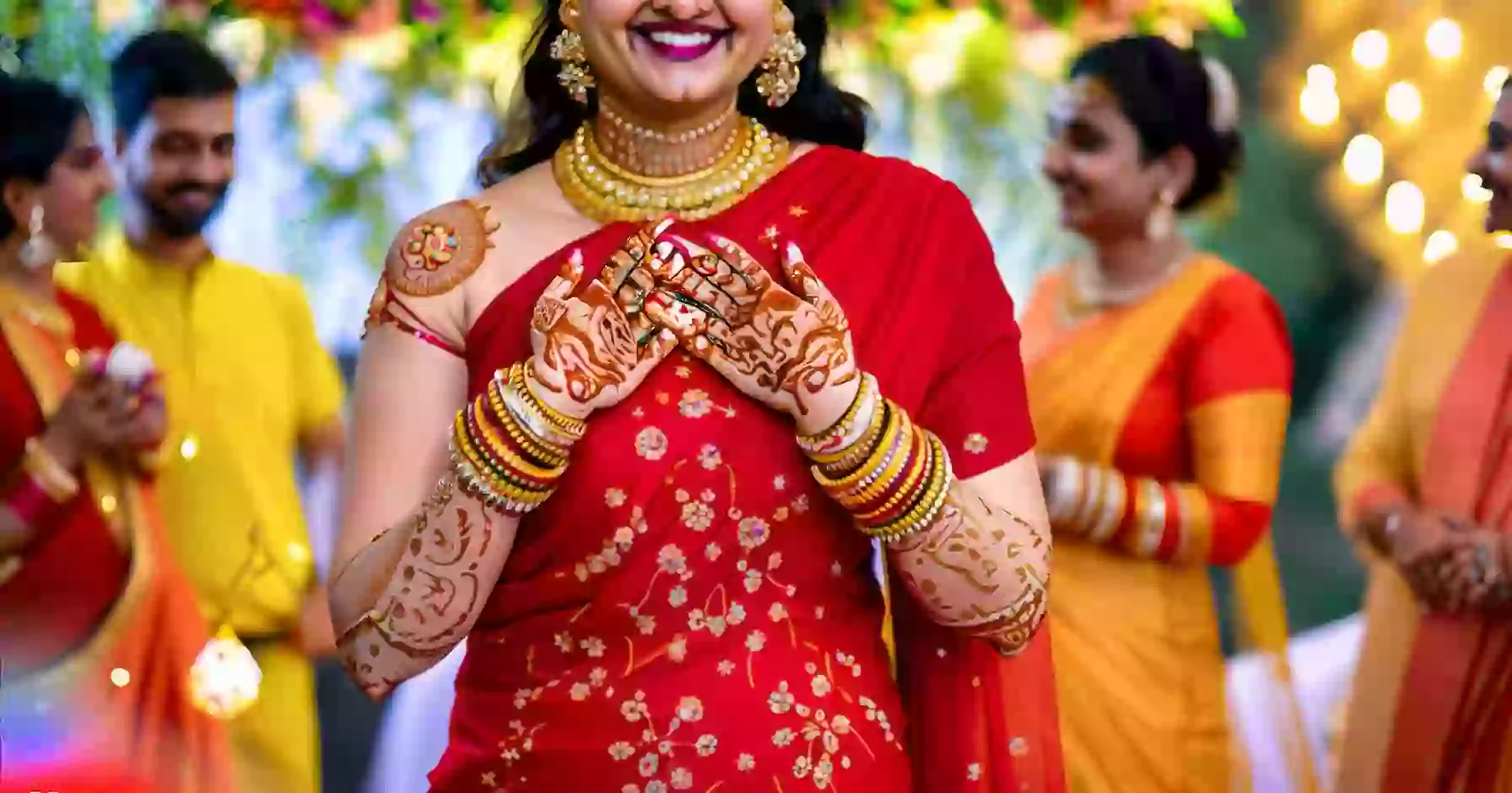
Whether you are planning an Indian wedding or simply want to learn more about this rich culture, understanding the traditional customs related to weddings in India is a great place to start. Consider reading >>>>> How Do Different Religions Influence Indian Traditions? to learn more about Indian Culture.
I am an accomplished author at Fact Finders Company LLC, a renowned publishing house based in New York City. With a passion for research and a talent for writing, I have contributed to numerous non-fiction titles that explore a wide range of topics, from politics and history to science and technology. My work has been widely praised for its accuracy, clarity, and engaging style. Nice Reading here at Fact After Fact.




